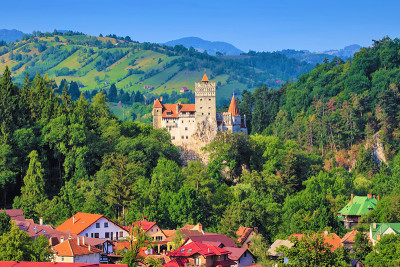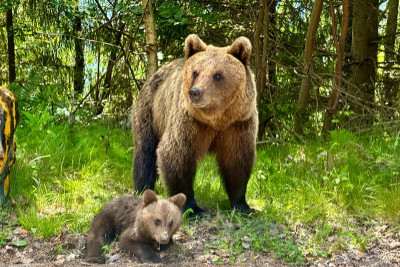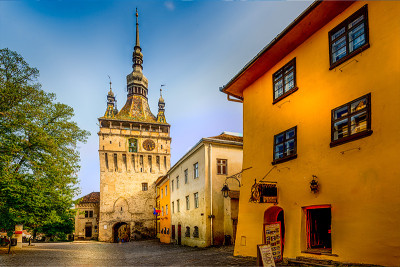Sibiu County is situated in the central part of Romania, in the historical region Transylvania, with the capital city Sibiu. Alba, Mureş, Braşov, Argeş and Vâlcea are the surrounding counties. Sibiu has become popular in 2007, when it was awarded the “European Capital of Culture” title, visited by many foreign tourists. This place has so many tourist attractions, impressive both through history and natural beauty.
Fagaras Mountains
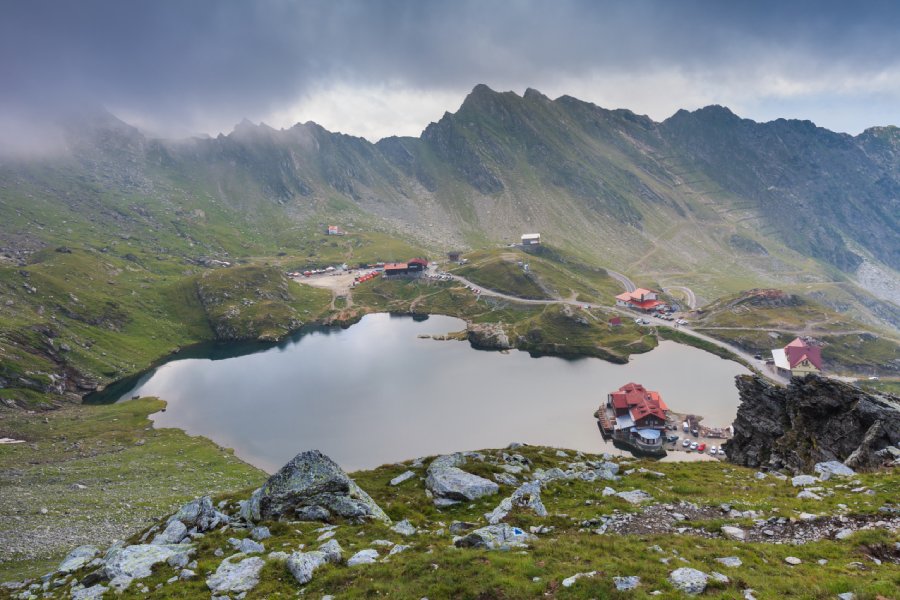
Fagaras Mountains are a short drive away from Sibiu, so it is easy to understand why there are so many things to visit in the area. The best attractions in Sibiu City Center are: The Council Tower, The Small Square, The Grand Square, Bridge of lies and many more.
If you arrive in the Grand Square of Sibiu, you should go through the big oak doors of the Bruckenthal Palace and enjoy the feeling that nobles experienced in the past by gathering here for special events and spending time under Murano heavy chandeliers, perhaps admiring the owner’s collection of paintings.
The Brukenthal Palace
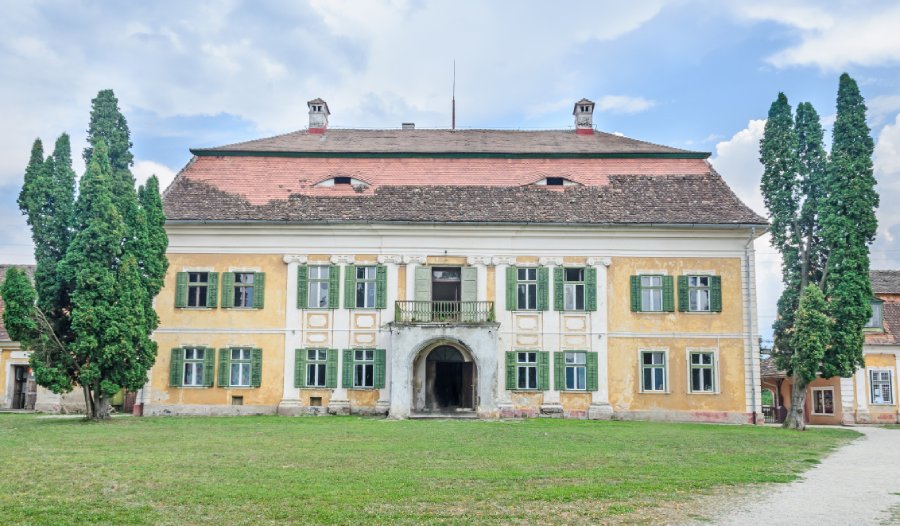
The Brukenthal Palace is one of the oldest museums in Romania, built between 1778-1785 by Baron Samuel de Brukenthal, former Governor of Transylvania for a period of 10 years, starting with 1777. The palace was built to serve as the Baron’s residence and was opened to the public in 1817.
Built in Baroque style, following the Viennese palace style, the Brukenthal Palace has not undergone major changes over time, hosting today the European Art Gallery at all four levels.
The Bridge Of Lies
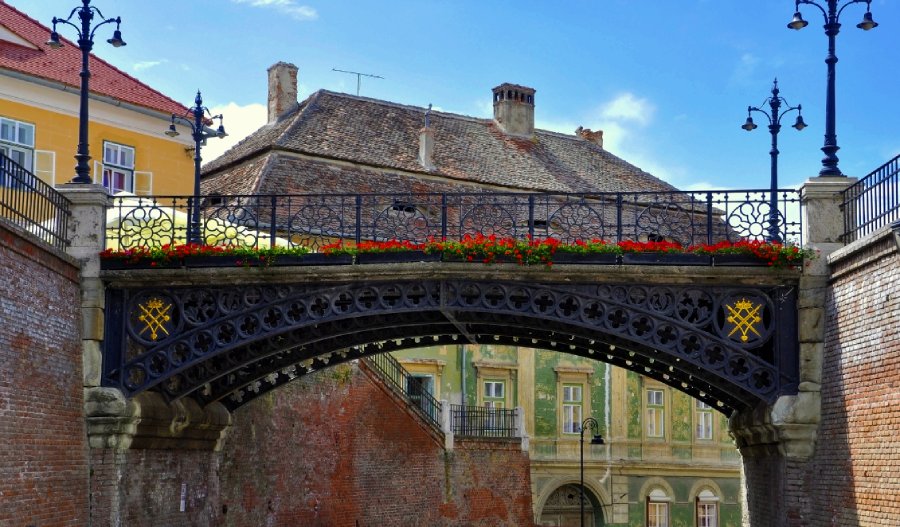
The Bridge of Lies is another symbol of Sibiu, connecting the two parts of the Small Square. Tourists are advised not to tell untrue things on this historical side of the city. The legend says that the bridge begins to creak at every lie and even collapses if someone exaggerates with certain stories. It is the first bridge cast in iron in Romania (1859), being the place where the community met for various discussions. Another legend says that sellers caught cheating their clients were punished under this bridge, in the mockery of everyone. The Bridge of Lies has become a romantic place, currently being visited by lovers who swear eternal love.
The Natural Park Dumbrava Sibiului
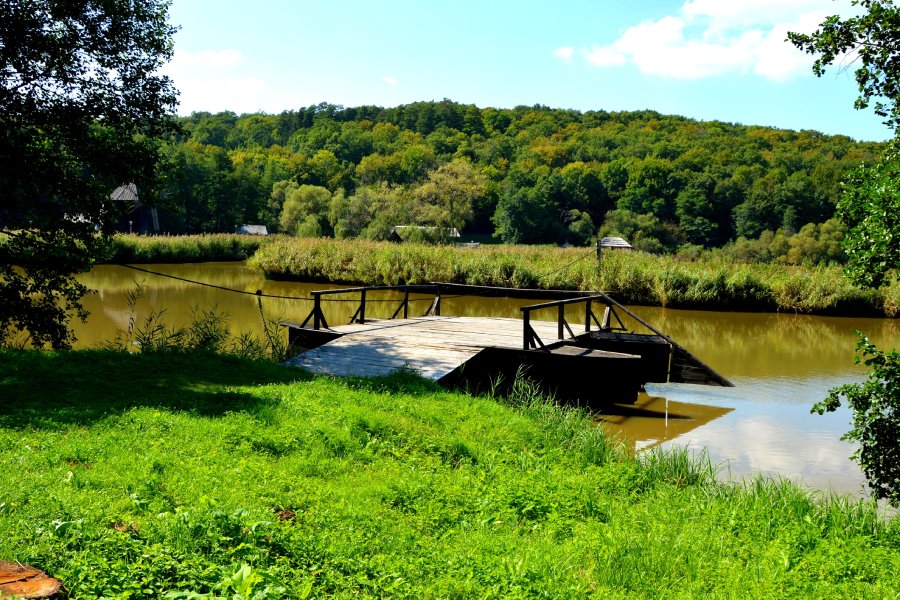
The Natural Park Dumbrava Sibiului (located 4 kilometers from the city, in Dumbrava Forest) houses the largest open-air museum, the Astra Museum. The Astra Museum of Folkloric Traditional Civilization is one of the few places in our country where you can find displays of specific households from each rural area, as they were built by the former craftsmen. The whole collection is a representation of the Romanian village life.
The Council Tower
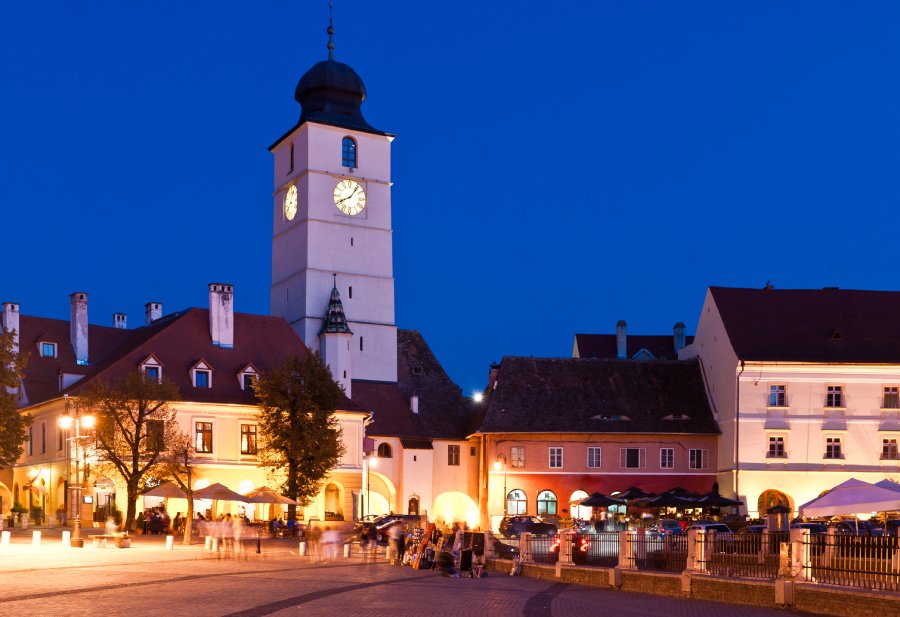
The Council Tower (“Turnul Sfatului”) is considered the most iconic building of the city. It is also a link between the Grand Square and the Small Square. This former fortification tower used to be the place where the City Council gathered to discuss and work together for the benefit of the city. The tower’s name “Sfat” means “community gathering”.
The Council Tower was built in the first half of the thirteenth century. Currently, it is still an important monument, despite many reconstructions and renovations over times. It was rebuilt in 1558 after a major earthquake that caused the upper stories to collapse. In the course of history, the tower played different roles and served, among others, as a wheat storage, a gate tower, a watchtower in case of fire, a prison and a museum.
Nowadays, it is a spot definitely worth to visit in Sibiu. Just step inside the tower and follow the spiral staircase to the top for a stunning view over the city. Along the way to the observation platform, you can discover the elaborate mechanism of the tower clock and visit the art galleries on several floors. On a sunny day, you might be able to see the peaks of Fagaras Mountain.
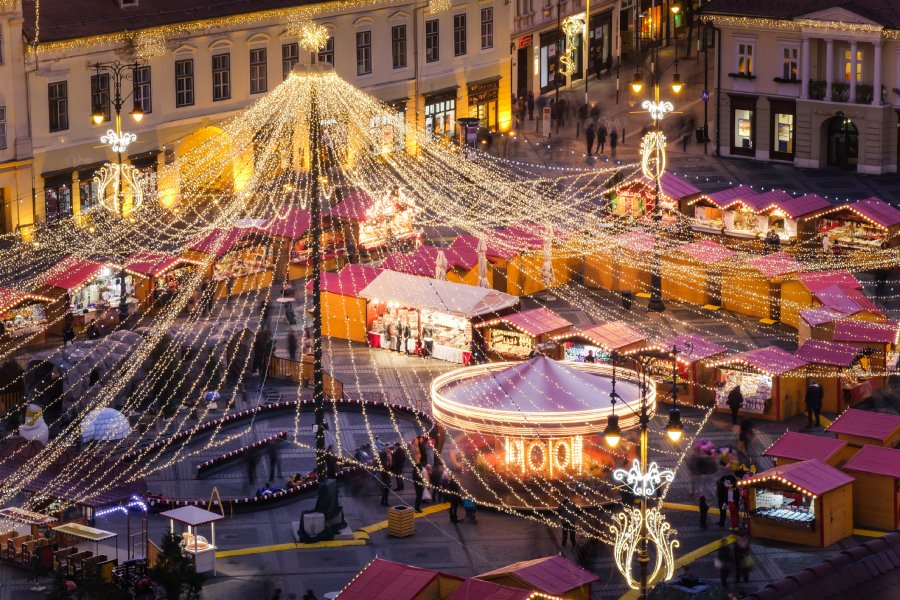
Sibiu is also one of the most beautiful place to visit during the winter season. A traditional Christmas market, inspired by the famous Christmas markets from Vienna, is held in Sibiu since 2007. In 2013, it was included in the top of “15 Of the Most Beautiful Christmas Markets in Europe”.
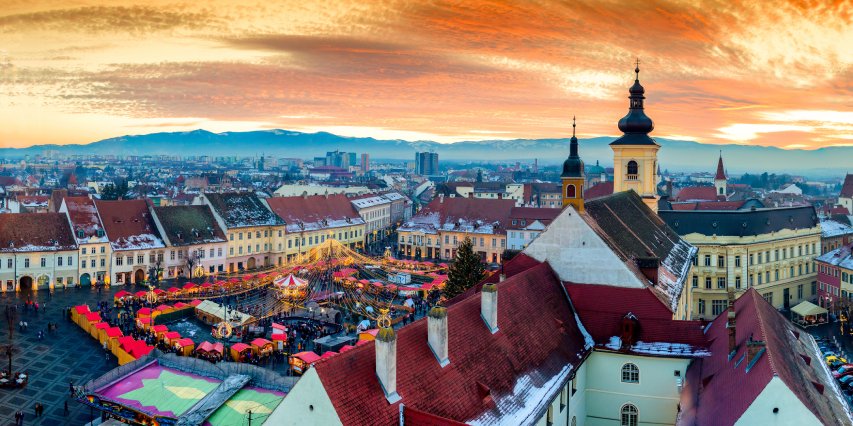
 ES
ES
 IT
IT
 DE
DE
 FR
FR
